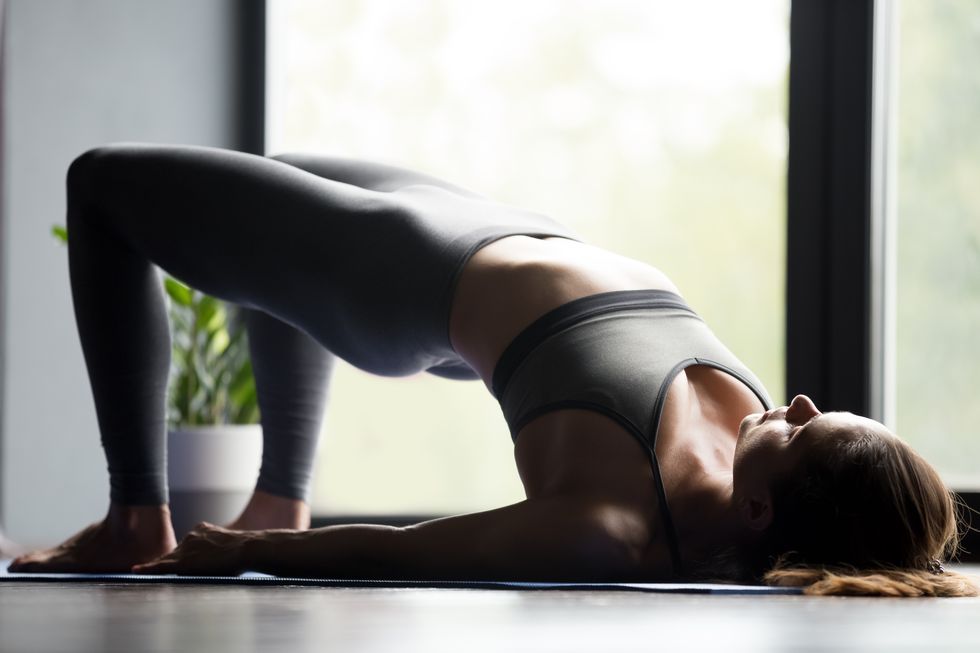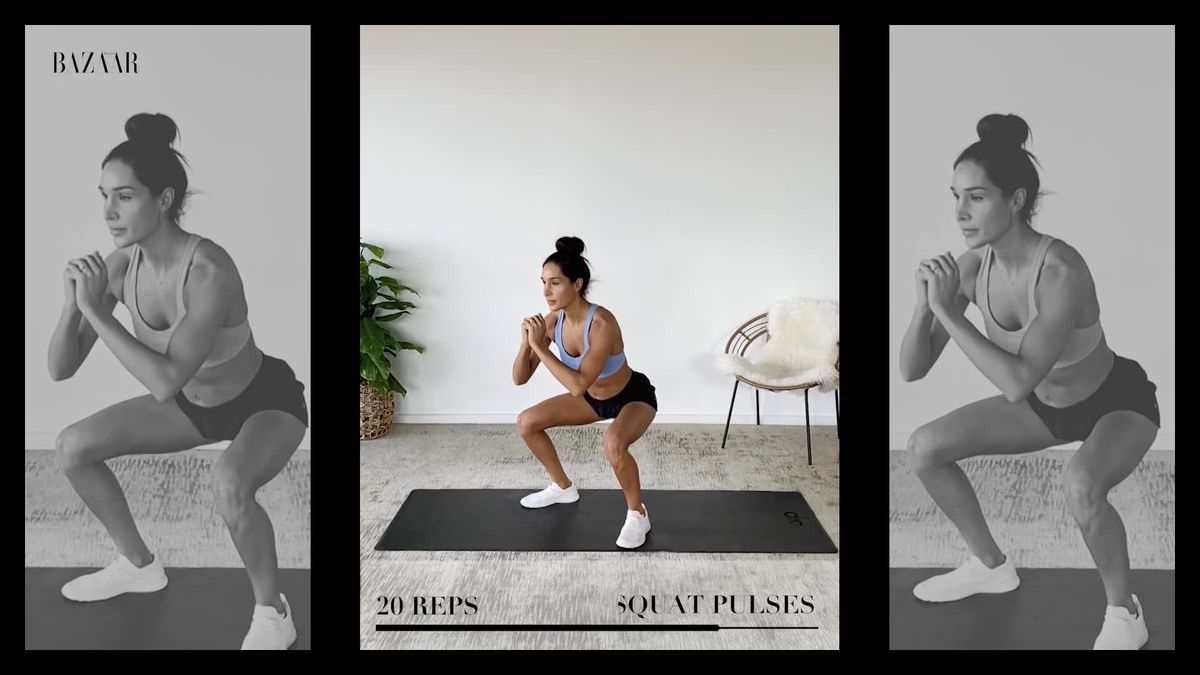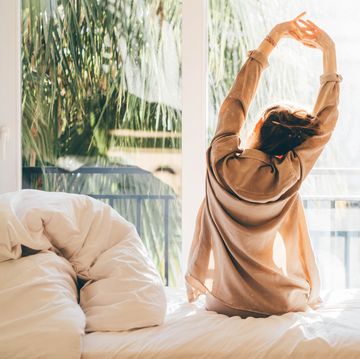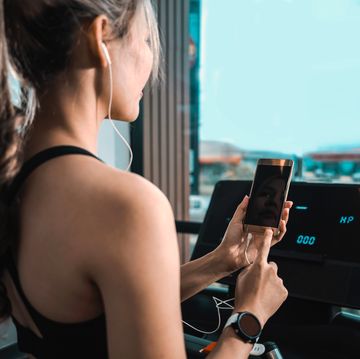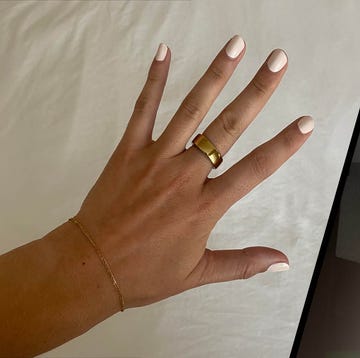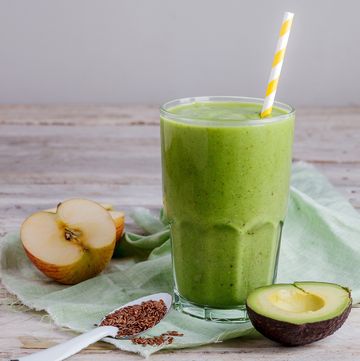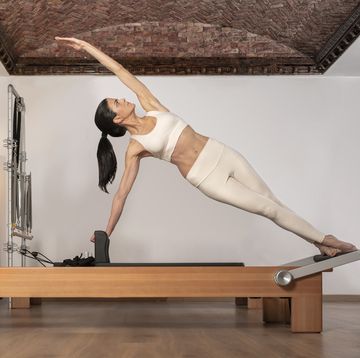Cycle-synching is this year’s wellness buzzword for worthy reason; aligning your lifestyle choices with your menstrual cycle is thought to have a whole host of benefits, from boosting your mood and concentration, to your skin, diet and fitness levels.
Female optimised training is something athletes have long been adept at, but it has the potential to positively impact anyone’s physical and mental health, whether involving intensive exercise or not.
“Your menstrual cycle can have an extremely beneficial impact on your exercise and vice versa,” explains Dr Ajai Seth, consultant in sport and exercise medicine at London Bridge Hospital, part of HCA Healthcare UK. “Hormonal fluctuations during the cycle can positively influence your energy levels and performance. In addition, the endorphin and serotonin release during and after exercise has an antidepressant and mood-elevating effect, helping us through menstrual symptoms. These hormones can also alleviate pain such as cramping and bloating by aiding digestion.”
However, he notes that it’s important to remember that everyone's body is different, and we don't all respond to hormonal fluctuations in the same way. In addition, menstrual cycle lengths can vary drastically – so a ‘one size fits all’ approach can’t be taken to cycle synching.
Hailing from New York, dynamic fitness method P.volve has plugged into the zeitgeist with its new clinically-backed cycle-syncing programme named ‘Phase & Function’.
With a crack team of experts behind it – from certified trainers to an obstetrician-gynaecologist, nutritionist, health coach and more – the virtual series intends to match your movement, meals and mindset to the ebb and flow of your hormones.
Personalised to you (tracked via details about the timings and length of your period and cycle) it provides an individualised workout and nutrition plan, as well as expert-led education for the four phases of the menstrual cycle; menstrual, follicular, ovulatory, and luteal. The results can mean reduced PMS, increased energy and performance plus improved weight management.
If you’re interested in exploring the idea without commitment, Dr Seth explains the basics of aligning your exercise programme to your cycle.
When and how to work out around your cycle
Note: day one of your cycle is the first day of your period. “During your period at the start of your cycle, progesterone and oestrogen levels are at their lowest, which can cause low energy and mood fluctuations,” explains Dr Seth. “However, during the first 14 days of your cycle (the follicular phase) your body adapts and responds to strength training better than in the later stages of your cycle. It is easier to build and gain strength and muscle mass during this time.” Therefore, he suggests incorporating strength routines (such as Pilates and weight training) with light cardio during this time to maximise this affect.
“Around the time of ovulation (day 14) there is a surge in oestrogen and testosterone levels,” Dr Seth confirms. “Many athletes time their performances and are exertional training for this time to maximise their results.” Higher training intensity and volumes may be more achievable mid-cycle, he advises.
“In the last 14 days of the cycle – the luteal phase – progesterone levels start to rise and can have more of a depressant effect. This is the time where women should be boosting serotonin and endorphin levels to alleviate these symptoms, but recognising there may be a slight dip in performance.” He suggests “steady training with slightly lower intensity may be more suitable during this time”.
Of course, as well as the benefits of exercise on your cycle, always be mindful of potential negative effects. “If you feel that exercise is negatively affecting your cycle and you experience missing periods, this certainly needs further investigation to make sure your metabolic balance is correct,” Dr Seth notes.
Diet and your cycle
Within P.volve’s programme, meals are where much of the personalised experience comes into play. Registered dietician, Vanessa Rissetto, who designed the nutrition portion of ‘Phase & Function’, explains that she curated nutritional options that complement the workouts “to properly fuel your body in accordance with your hormones”.
Indeed, a bespoke approach is always advised when cycle-syncing your diet. “Calorie expenditure throughout the menstrual cycle is very individualised,” explains Dr Seth. “There are so many variables that affect our metabolic activity and calorie expenditure in day-to-day life.” Having said that, he notes there is some evidence to suggest that women are more likely to crave high-fat and sweet foods during the later stages of their period (luteal phase) pre-menstruating, “which could suggest a natural response to increased calorie burn during this phase”.
He says the key is to listen to your body's requirements with regards to appetite, fatigue and mood and respond with the appropriate exercise plan. “Keeping a balanced diet throughout your cycle but also matching your calorie intake to your exercise volume and intensity, will always ensure you get the adequate amount of energy.”

